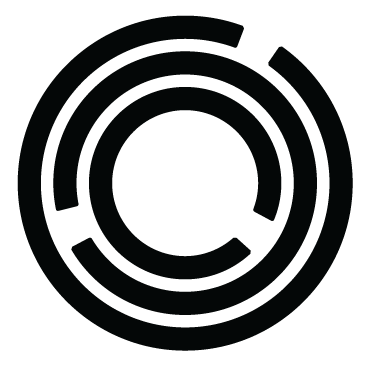Hi, I'm Ohad Rau.
I'm currently a fourth-year student at Georgia Tech pursuing a B.S. in
Computer Science with a concentration on systems/architecture and computer
modeling. I'm also a co-founder/software engineer at
Rolltrax. In terms of CS, my interests
are in programming languages, systems programming, and quantitative finance.
When I'm not programming, you can find me listening to hip-hop (some favorite
artists: MF DOOM, Isaiah Rashad, Kendrick Lamar, Freddie Gibbs) or playing PC
games (i.e. Overwatch). Plus I really love
cooking!
Education
GPA: 3.9 // Major GPA: 4.0
Coursework: Compilers, Operating Systems, Digital Design, Systems & Networks,
Computer Organization, Algorithm Design, Discrete Math, Algorithms & Data Structures, Programming Languages,
Object-Oriented Design, Probability & Statistics, Machine Learning, Advanced Computer Architecture.
Experience
Created a router configuration generator for multicast networks. As with most trading firms, Jane Street makes
extensive use of multicast networking. Each
time a new multicast network gets set up (e.g. building up a new data center) Network Engineers need to plan out the
basic layout of the network, and then configure each router to know about the various groups, how to route messages,
etc. This second step is a lot of work, and often requires duplicating similar information between different routers.
And repeated work also means that there's potential to make mistakes each time the information is added to a new router.
To improve this process, I spent the first half of my internship extending the internal networking library to parse,
format, and generate these multicast configs. The final step of the project was setting up a tool that network engineers
could use to translate their high-level description of a new data center into the individual configuration files for
each router.
Added smarter caching to data-fetching framework. The second half of my internship was spent on the Commodities
trading desk, where my main project consisted of improving caching in a new framework called
Datafetcher.
Datafetcher is essentially a fancy dependency injection framework, in that it provides the usual dependency injection
features (easy testing) but can also automatically batch fetches and cache their results. A few internal apps had
already been converted to using Datafetcher, and while it showed some instant performance improvements, there were
still some situations where caching wasn't good enough. In particular, sometimes apps would fetch the same data multiple
times and then run some further computations on the fetched data. While the initial fetches were all cached correctly,
programs still had to repeat all the subsequent work because the final results of computations weren't cached. Since the
computations all used deferred evaluation, it wasn't possible to simply memoize the results with existing tools. I spent
a few weeks coming up with an interface for memoizing these computations (with the goal of making it type-safe and
easy-to-use), then converted an existing app to use Datafetcher and spent some time documenting best practices for the
framework.
Built a high-throughput end-to-end load testing framework. To gain confidence in mission-critical
systems, it's important to know their performance charateristics and bottlenecks. Stress testing a system is
a powerful way to measure its limitations and gain insight about its weakest links. During my internship, I
was tasked with designing such a system for a new app. I later used this framework to find, document, and
suggest improvements for several bottlenecks in the system. Before leaving, I also got to set this up as a
regression test, so that we could be confident that performance would only improve with future changes.
Developed a unified distributed storage monitor. As a quantitative hedge fund, Two Sigma makes
extensive use of big data. Hundreds of petabytes of data are stored in various systems across the firm. To
help users understand the impact of their data, I designed a service that collected stats on user's storage
locations. This came together as a REST API that allowed for querying these stats, giving users insight into
the cost, impact, and size of their storage.
Researched solutions for porting native libraries to Node.js WebAssembly. WebAssembly promises a new
model for writing web apps: high performance, cross-platform, secure, and most of all an easy compilation target.
Node.js apps frequently interface with native libraries, but support for portable native libraries is lacking.
Using feedback from Node.js users, I experimented with several ways to compile native libraries to WebAssembly and
package them for use with Node.js. My work began with a simple C-to-Node.js bindings generation tool and ultimately
culminated in a proof-of-concept port of the Node.js API (NAPI) to WebAssembly.
Built an education technology Software-as-a-Service startup from the ground up with two partners. Our product
targetted work-based-learning students — high school students who engage in internships for academic
credit. To help solve the problems of educators around the state, we designed an all-in-one platform to manage
attendance, employee evaluations, messaging, and more.





